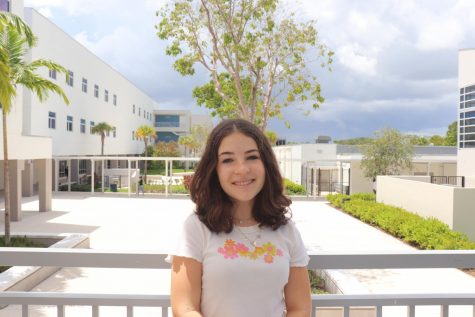What To Know About The New COVID-19 Strain
January 11, 2021
In December, a new COVID-19 variant strain emerged in the United Kingdom that contained 23 genetic mutations of the original strain. Now named “SARS-CoV-2” by the Centers for Disease Control and Prevention, the strain raises several questions regarding the future of our health, vaccine efficacy and how it affects the United States.
Why did the strain first appear?
According to John Hopkins Medicine, new strains occur when a mutation in the virus’s genes occurs. CDC experts remain unsure as to why the strain appeared in the U.K. and at this specific time. Just as other strains occur in viruses like Influenza, variants occasionally emerge by chance or to better function inside humans.
In England, this variant particularly affected the area, accounting for over 60% of new cases, according to John Hopkins Medicine. Moreover, similar variants seemed to emerge in countries such as the Netherlands, Denmark and South Africa.
Does the strain affect us any differently than the original?
Due to the recent emergence of the strain, concrete information regarding the potential implications of the strain remain unclear. Despite this, the CDC has released potential effects of the new strain, such as its ability to spread faster in humans, capability to avoid detection by current COVID-19 tests and decreased susceptibility to therapeutic agents such as monocular antibodies, proteins that mimic the ability to fight off pathogens such as viruses.
May this second strain act more dangerous than the first?
According to John Hopkins Medicine, no. Generally, it remains more advantageous for a virus to evolve so it spreads more easily in people, as viruses that become deadly do not have the opportunity to spread in people. Thus, although people suspect that the new strain could potentially spread faster from person to person, it does not appear that the new strain increases symptoms or chances of death.
How does the CDC search for the strain in the United States?
To identify tracing of the new strain, the CDC has created the National SARS-CoV-2 Strain Surveillance program, which has increased the number of characterizations in the COVID-19 strains. The CDC plans on fully completing the program in Jan. 2020, where each state sends at least 10 samples biweekly for observation. Moreover, laboratories in the U.S. and in other nations have begun to sequence the new strain to get a better understanding of how it works.
In the U.S., the new variant has only appeared in 50 cases; however, the number may continue to rise as time passes on. Ongoing travel between the U.S. and the U.K., as well as coming into contact with an individual with the strain, may increase one’s chances of contracting the virus.
Should Pfizer or Moderna Vaccine work on this new strain?
While not certain, doctors from John Hopkins Medicine predict that both vaccines could still work effectively on the new strain. The vaccine’s antibodies still remain effective; however, a more intense mutation in the future may make the vaccines ineffective.
May mutations continue to occur with COVID?
In short, yes. While researchers remain uncertain as to how the new strain mutates, most viruses continue to mutate as long as cases continue to exist. Thus, as COVID continues to spread throughout the U.S., this virus could also bring new mutations in the future.
While SARS-CoV-2 has the potential to spread in the U.S. in the upcoming months, people should continue to stay updated regarding its potential implications as new research emerges.
More information and updates regarding SARS-CoV-2 can be found through www.cdc.gov







